I am excited to announce that my investment fund, Greybull Stewardship, has acquired an education company that helps health professionals maintain their licenses and certifications. The company, Summit Professional Education (www.summit-education.com), offers seminars each year for over 75,000 physical therapists, occupational therapists, speech therapists, K-12 teachers, and others. Greybull Stewardship partnered with the company’s CEO, Scott Vogel, to make the acquisition. Below are excerpts from the press release.
their licenses and certifications. The company, Summit Professional Education (www.summit-education.com), offers seminars each year for over 75,000 physical therapists, occupational therapists, speech therapists, K-12 teachers, and others. Greybull Stewardship partnered with the company’s CEO, Scott Vogel, to make the acquisition. Below are excerpts from the press release.
Greybull Stewardship Acquires Summit Professional Education
Leading Provider of Professional Continuing Education for 75,000 Allied Health Professionals Each Year Bought by Long-Term Oriented Owner
NASHVILLE, Tn. (December 15, 2014) – Summit Professional Education provides high-quality continuing education workshops and seminars to over 75,000 professionals each year. The company has been acquired by Greybull Stewardship in partnership with its CEO, Scott Vogel, as Greybull’s most recent investment.
Summit provides workshops and seminars for physical therapists, occupational therapists, speech therapists, K-12 teachers, and others in all fifty states on a broad range of topics. The workshops are approved by many different states, accreditation agencies, certification agencies, and others which enables these professionals to meet the continuing education requirements for their profession.
“Summit is a great organization that provides high-quality workshops that really help health professionals,” said Mason Myers of Greybull Stewardship. “It is not easy to find great instructors, develop world-class content, and deliver these workshops in all fifty states. Scott Vogel is a dream CEO for this business and Summit has many competitive advantages that will allow it to do a great job for its customers for a long-time to come and make it a nice investment.”
“This is a very nice business and opportunity because of the growth in health care, the growth in continuing education requirements, and the satisfaction that comes from putting on great workshops for health professionals,” said Scott Vogel, CEO of Summit Professional Education. “We have an excellent group of instructors and team here that I love working with, and Greybull’s long-term oriented ownership will allow us to create value for our customers over a long time horizon.”



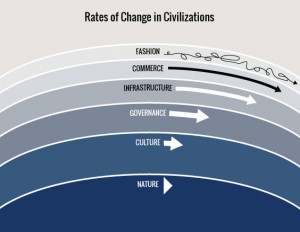
 their licenses and certifications. The company, Summit Professional Education (www.summit-education.com), offers seminars each year for over 75,000 physical therapists, occupational therapists, speech therapists, K-12 teachers, and others. Greybull Stewardship partnered with the company’s CEO, Scott Vogel, to make the acquisition. Below are excerpts from the press release.
their licenses and certifications. The company, Summit Professional Education (www.summit-education.com), offers seminars each year for over 75,000 physical therapists, occupational therapists, speech therapists, K-12 teachers, and others. Greybull Stewardship partnered with the company’s CEO, Scott Vogel, to make the acquisition. Below are excerpts from the press release.
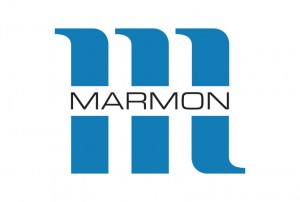
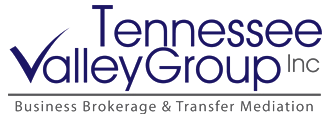
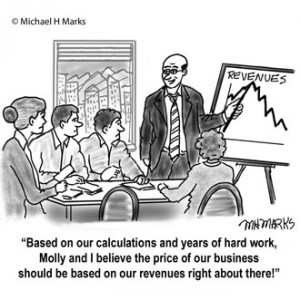

 I picked Greybull as the name of my investment fund because it was the small town in Wyoming where I was born and I wanted people to know that I am more of a Main Street guy than a Wall Street guy. The Greybull River and the town of Greybull were named after an albino buffalo that the Native Americans said roamed the area.
I picked Greybull as the name of my investment fund because it was the small town in Wyoming where I was born and I wanted people to know that I am more of a Main Street guy than a Wall Street guy. The Greybull River and the town of Greybull were named after an albino buffalo that the Native Americans said roamed the area.


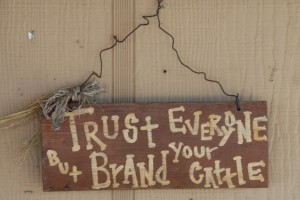
 I am an investor at Greybull Stewardship, an
I am an investor at Greybull Stewardship, an 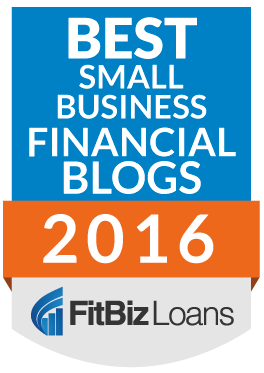
 Sign Up
Sign Up RSS Feed
RSS Feed